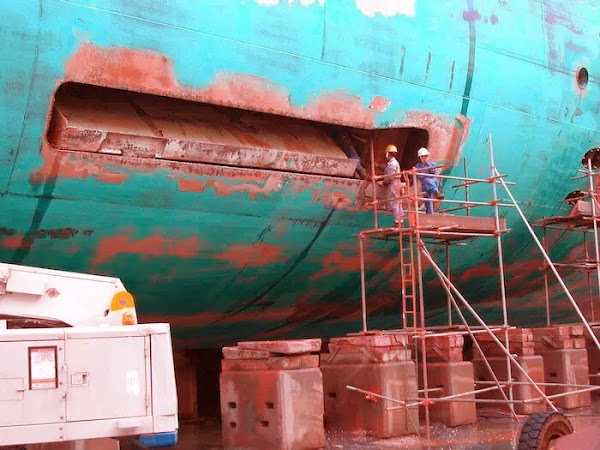#68 MANNED SHIPS ERA TO ARTIFICIAL INTELLIGENCE CONTROLLED SHIPS ERA (iota-4)

Differences between IT and OT systems Whereas IT systems manage data and support business functions, OT is the hardware and software that directly monitors/controls physical devices and processes and as such are an integral part of the ship and must function independently of the IT systems onboard. The systems can, however, be connected to the IT network for performance monitoring, remote support etc. Such systems are sometimes referred to as belonging to the Industrial Internet of Things (IIOT). There may be important differences between who handles the purchase and management of the OT systems versus IT systems on a ship. IT managers are not usually involved in the purchase of OT systems and may or may not have a thorough understanding of cyber security. The purchase of such systems should involve someone, who knows about the impact on the onboard systems but will most probably only have limited knowledge of software and cyber risk management. IT covers the spe
